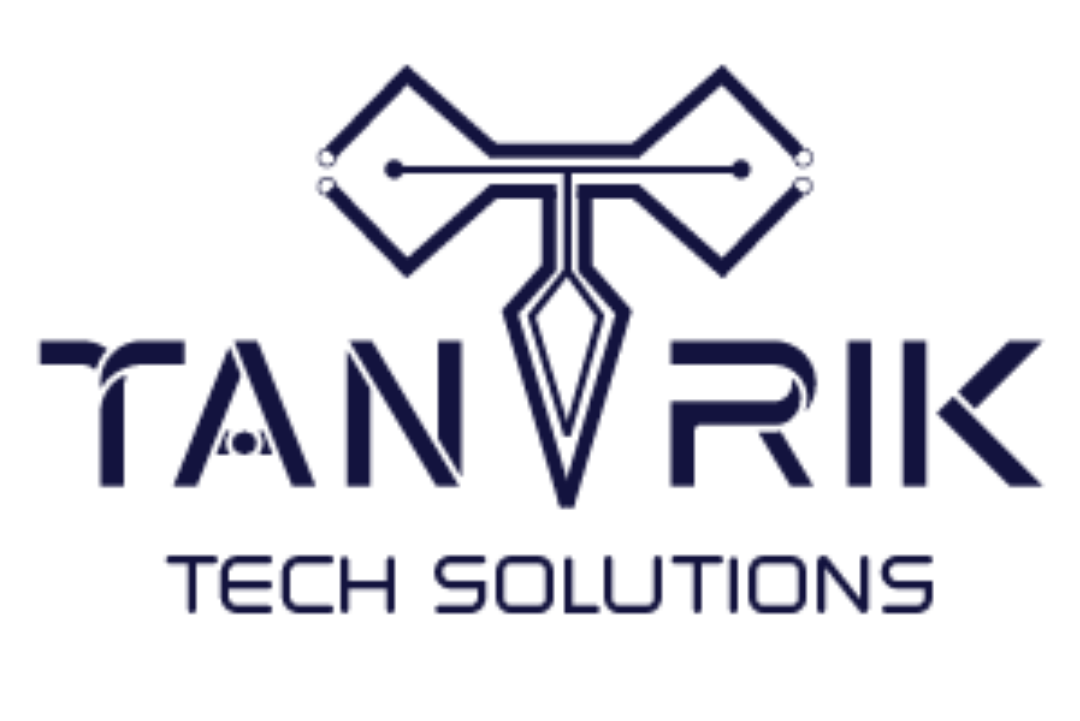In today’s fast-paced digital landscape, data-driven marketing is no longer just an option—it’s a necessity. As marketing campaigns become more sophisticated and competition intensifies, brands are increasingly relying on data to optimize their strategies. This comprehensive guide will take you through everything you need to know about data-driven marketing, from its fundamental concepts to its application in transforming your campaigns for better results.
What is Data-Driven Marketing?
At its core, data-driven marketing refers to the process of using data insights to guide marketing decisions. This approach involves gathering and analyzing customer information, behaviors, and preferences to create more personalized and effective marketing strategies. The idea is simple: the more you know about your audience, the better you can target them with relevant content, offers, and messaging.
Data-driven marketing has evolved significantly over the past few decades, especially with the rise of the internet and digital tools. Traditionally, marketing was based on intuition or past experience, but now data provides concrete insights that allow marketers to predict behaviors, identify trends, and make informed decisions in real-time.
The Role of Data in Marketing
Data plays a pivotal role in transforming marketing efforts by enabling brands to reach their audience with precision and personalization. The collection and analysis of data provide marketers with deep insights into consumer behavior, preferences, and even purchasing habits. This leads to more tailored campaigns, improving customer engagement and increasing conversion rates.
Marketers use data to:
- Understand customer demographics
- Track online behavior
- Predict future trends
- Measure campaign performance
With data as the foundation of decision-making, marketers can refine their strategies, targeting the right people with the right message at the right time.
Types of Marketing Data
There are three main types of marketing data:
- First-Party Data: This is information collected directly from your audience or customers. Examples include website analytics, customer surveys, and purchase histories.
- Second-Party Data: Data you acquire through partnerships or collaborations. For example, a retail brand might partner with a loyalty app to access customer purchasing data.
- Third-Party Data: Collected by an entity with no direct relationship to the user. This data is aggregated and sold to businesses to improve their targeting efforts.
Each type of data has its uses, but leveraging first-party data is typically more effective and reliable since it comes directly from your audience.
Benefits of Data-Driven Marketing
Adopting a data-driven approach to marketing offers a multitude of benefits:
- Personalization: Tailor marketing efforts to individual customer needs, preferences, and behaviors.
- Improved ROI: Data helps in optimizing campaigns by targeting the most profitable audience, reducing wasted ad spend.
- Informed Decision-Making: Real-time data allows marketers to make agile decisions, adjusting campaigns as needed to improve performance.
- Customer Insights: Gain a deeper understanding of your customer base, including their pain points, motivations, and purchasing patterns.
These advantages help brands develop stronger customer relationships while improving campaign efficiency.
Key Data Sources for Marketing
Marketing data can be sourced from various channels, including:
- Customer Relationship Management (CRM) Systems: Platforms that store detailed information about customer interactions and histories.
- Website Analytics: Tools like Google Analytics track website traffic, user behavior, and other important metrics.
- Social Media Metrics: Insights from platforms like Facebook, Instagram, and LinkedIn, providing information about audience engagement and preferences.
- Customer Feedback: Direct input from customers via surveys, reviews, and questionnaires, offering valuable qualitative data.
Each of these data sources provides unique insights into different aspects of the customer journey.
How to Collect and Manage Data
To effectively use data in marketing, businesses need a strategy for collecting and managing that data:
- Data Collection Tools: Use platforms like HubSpot, Salesforce, or Google Analytics to collect customer data from multiple touchpoints.
- Data Storage: Implement robust storage solutions, such as cloud-based systems, to ensure that data is securely and easily accessible.
- Data Management: Ensure that your data is organized and integrated across systems, so all teams have access to consistent, updated information.
Automation tools can streamline data collection and management, allowing marketers to focus on analysis and application.
Data Analysis Techniques
Once you’ve collected data, the next step is analysis. Several key techniques can be used in data-driven marketing:
- Predictive Analytics: Using historical data to predict future outcomes, allowing you to anticipate trends and customer behaviors.
- Customer Segmentation: Dividing your audience into distinct groups based on demographics, behaviors, or other characteristics for more precise targeting.
- A/B Testing: Testing different variations of a marketing campaign to see which one performs best.
- Machine Learning: AI-based techniques can analyze vast amounts of data to find patterns and insights that would be hard for humans to identify.
These techniques ensure that data-driven decisions are accurate and actionable.
Creating a Data-Driven Marketing Strategy
Building a successful data-driven marketing strategy involves several critical steps:
- Set Clear Goals: Define what you want to achieve with your data, whether it’s improving conversions, increasing customer retention, or enhancing brand awareness.
- Identify Key Metrics: Determine which data points will provide the most insight into your campaign’s performance.
- Collect Relevant Data: Focus on gathering data that aligns with your goals and can provide actionable insights.
- Analyze and Optimize: Continuously analyze data to identify areas for improvement and adjust your strategies accordingly.
This structured approach ensures that your data-driven efforts are aligned with your overall business goals.
Personalization in Data-Driven Marketing
One of the biggest advantages of using data is the ability to offer personalized marketing. Customers today expect content and offers that are tailored to their specific needs and preferences. Data helps marketers craft customized messages, product recommendations, and experiences that resonate with individuals rather than broad segments.
Personalization leads to:
- Higher Engagement: Relevant content is more likely to capture attention and encourage interaction.
- Increased Loyalty: Customers who feel understood and valued are more likely to stay loyal to a brand.
- Better Conversions: Personalized messages and offers are more effective at driving actions, such as clicks, sign-ups, and purchases.
Improving Customer Experience with Data
Enhancing the customer experience (CX) is another powerful application of data in marketing. By analyzing customer journeys, you can identify pain points and opportunities for improvement, whether that’s simplifying a checkout process or providing personalized recommendations. This leads to more satisfied customers and stronger relationships with your brand.
Overcoming Challenges in Data-Driven Marketing
While data-driven marketing offers countless advantages, it also comes with its fair share of challenges. One of the most common obstacles is data privacy concerns. As consumers become more aware of how their data is collected and used, businesses must ensure compliance with data protection regulations such as GDPR or CCPA. Transparent data collection practices and clear opt-in procedures can help build trust with your audience.
Another challenge is ensuring data quality. Inaccurate, incomplete, or outdated data can lead to poor decisions and ineffective campaigns. To overcome this, businesses need to invest in regular data cleansing and validation processes, ensuring that the data they use is reliable and up to date.
Finally, marketers often face difficulties with data integration. With data flowing in from multiple sources, consolidating it into a single, actionable view can be complex. However, using integrated platforms and tools like customer data platforms (CDPs) can simplify this process and enable seamless analysis.
Tools and Technologies for Data-Driven Marketing
There’s no shortage of tools designed to help marketers make the most of data. Platforms like Google Analytics, HubSpot, and Salesforce allow for robust data tracking and reporting. Meanwhile, AI-powered solutions like IBM Watson Marketing and Adobe Experience Cloud can analyze data to deliver actionable insights in real time.
These tools can assist in every aspect of data-driven marketing—from tracking user behaviors to automating campaign adjustments based on performance. Selecting the right mix of technologies for your business ensures that you can efficiently collect, analyze, and act on data to boost campaign success.
Measuring Success in Data-Driven Marketing
To truly reap the benefits of data-driven marketing, it’s essential to establish clear key performance indicators (KPIs) and regularly measure the success of your campaigns. These metrics could include conversion rates, customer acquisition costs (CAC), or return on ad spend (ROAS). Monitoring these KPIs allows you to make data-informed decisions and optimize campaigns on the fly.
Using tools like Google Data Studio or Tableau, marketers can visualize campaign performance, offering clear insights into what’s working and what’s not. By continually refining strategies based on data, businesses can stay ahead of the competition and ensure sustained growth.
Case Studies: Data-Driven Campaign Successes
Numerous companies have transformed their marketing efforts by leveraging data-driven strategies. For example:
- Netflix uses data to personalize its content recommendations based on viewing habits, leading to higher customer retention rates.
- Amazon applies data-driven marketing to suggest products based on previous purchases and browsing behavior, significantly increasing sales through personalized recommendations.
- Coca-Cola launched its personalized “Share a Coke” campaign by analyzing data to target consumers with customized product labels, generating significant brand engagement and sales.
These examples highlight how businesses of all sizes can harness the power of data to drive innovation and profitability in their marketing campaigns.
Future Trends in Data-Driven Marketing
The future of data-driven marketing is promising, with several exciting trends on the horizon. Artificial intelligence (AI) and machine learning will continue to play an integral role, enabling even more advanced predictive analytics and personalization at scale. Voice search and visual search technologies are also gaining momentum, allowing brands to gather new types of data to understand customer intent better.
Moreover, data visualization tools will become more sophisticated, helping marketers interpret complex datasets more easily and derive actionable insights. Finally, as data privacy regulations evolve, businesses will need to stay agile, finding new ways to collect and utilize data while maintaining consumer trust




